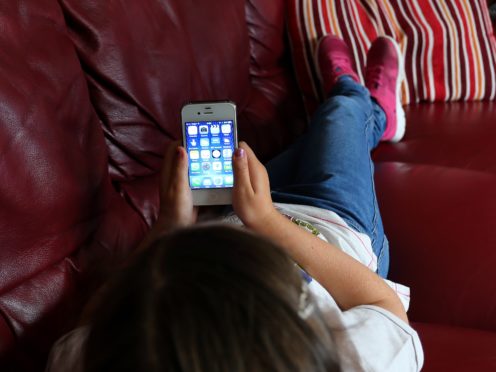
Children as young as two are using social media, research from charity Barnardo’s has suggested.
Internet companies are being pushed to do more to combat harmful content online but parents can also take steps to alter how their children use the web.
Here are some suggestions of how parents can help their children.
– Use parental controls
Both iOS and Google offer features that enable parents to filter content and set time limits on apps.
For iOS devices, such as an iPhone or iPad, you can make use of the Screen Time feature to block certain apps, content types or functions.
On iOS 12, this can be done by going to settings and selecting Screen Time.
For Android, you can install the Family Link app from the Google Play Store.
– Talk to your children
Many charities, including the NSPCC, say talking to children about their online activity is vital to keep them safe.
Its website features a number of tips on how to start a conversation with children about using social media and the wider internet, including having parents visit sites with their children to learn about them together and discussing how to stay safe online and act responsibly.
– Understand their internet usage
There are tools available for parents to learn more about how social media platforms operate.
Net Aware, a website run in partnership by the NSPCC and O2, offers information about social media sites, including age requirement guidance.
– Limit screen time
The World Health Organisation recommends parents should limit young children to 60 minutes of screen time every day.
The guidelines, published in April, suggest children aged between two and five are restricted to an hour of daily sedentary screen time.
They also recommend babies avoid any sedentary screen time, including watching TV or sitting still playing games on devices.

Enjoy the convenience of having The Sunday Post delivered as a digital ePaper straight to your smartphone, tablet or computer.
Subscribe for only £5.49 a month and enjoy all the benefits of the printed paper as a digital replica.
Subscribe